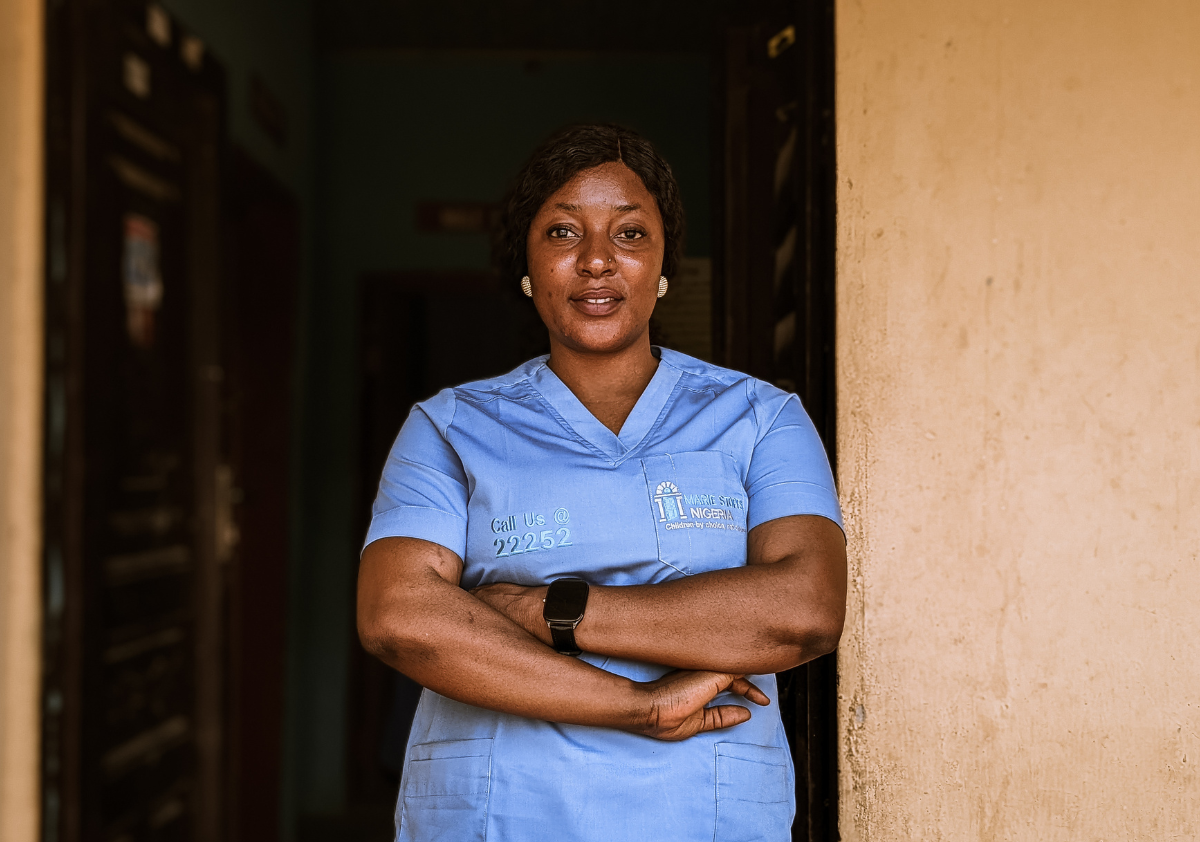Catherine's unsafe abortion story
“I’m lucky to have survived. I share my experience because I wouldn’t want girls to go through what I went through.”
Some girls, like Catherine, live to tell their unsafe abortion story. Many others do not.
MSI is working towards a goal of no unsafe abortion by 2030. Abortion is a very safe and simple medical procedure to end a pregnancy, and no one should be forced to put themselves in danger to have one.







































